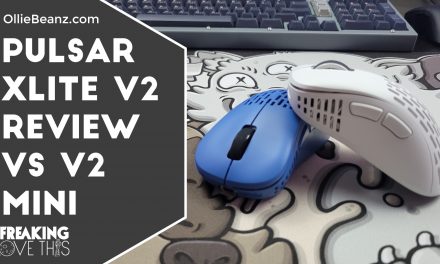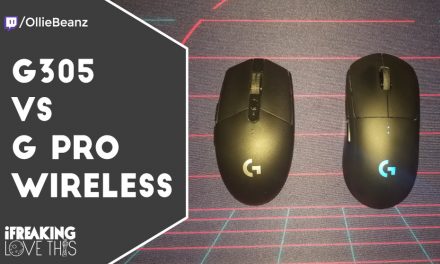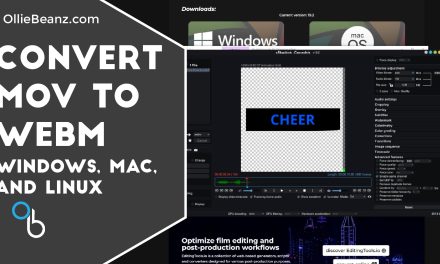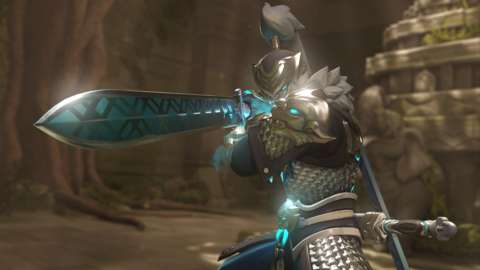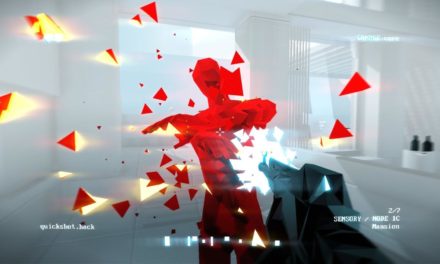
Cuphead Review
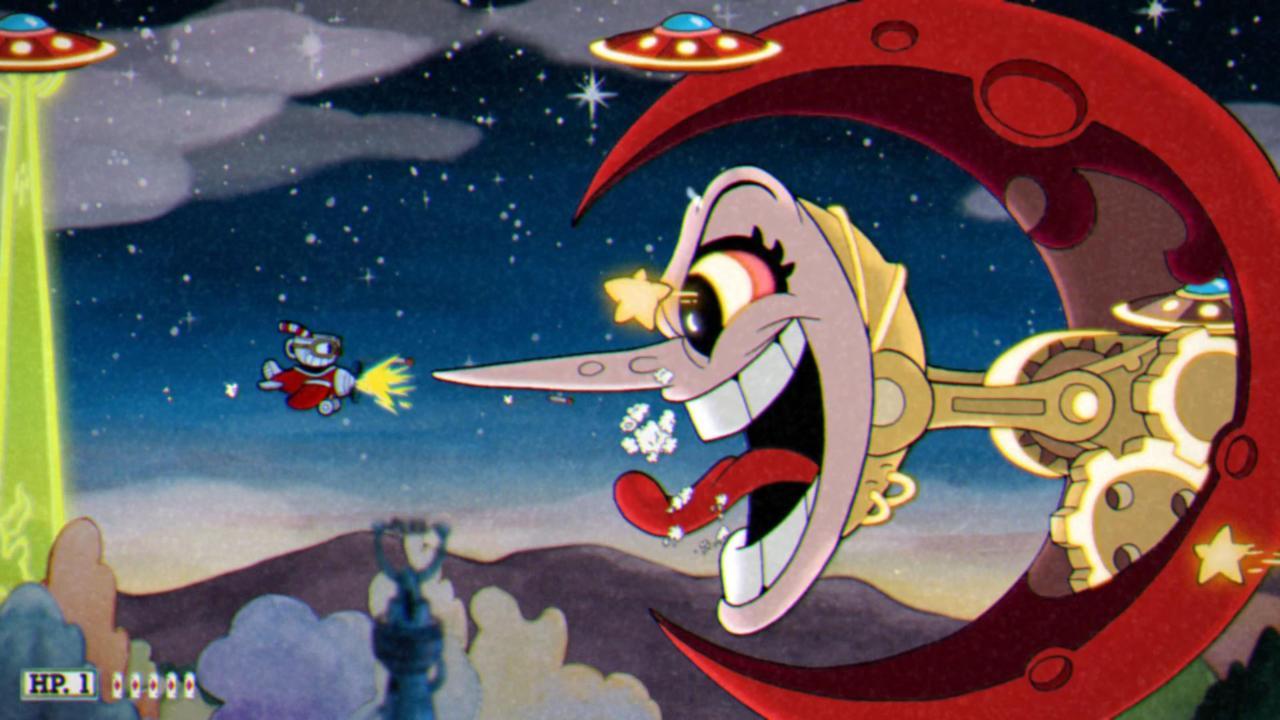
Everything you’ve heard about Cuphead is true. It is a difficult side-scrolling shooter with relentless boss battles that demand rapid-fire actions and reactions. Think for too long, and you won’t stand a chance against the game’s toughest enemies. Battles may only last three minutes at most, but they feel far longer when you know that you can only absorb three hits before you have to start from scratch. When you are navigating your way around bullets, smaller enemies, and pitfalls, while simultaneously trying to damage your primary target, toppling Cuphead’s imposing bosses is both a monumental and rewarding task.
But difficult battles only tell half of the story. Cuphead’s 1930s cartoon aesthetic is endlessly charming, popping with color and expression unlike anything seen at this scale in a video game before. The sheer variety of characters and settings yields consistent delight as you go from one stage to the next, with everything bearing the telltale signs of grainy ’30s film and rudimentary production techniques. Cel-shading means something to a lot of people, but Cuphead truly re-creates the look of hand-drawn cel animation.
The characters and bosses that are clearly inspired by cartoon legends like Betty Boop break free from the expected to surprise you with something new. Never mind that Betty’s lookalike is a mermaid now; it’s the moment her head breaks free from her body and spews caustic skulls that gives you pause. If you can appreciate the unique animation style, you will be doubly impressed when you see what developer









A world map sets the stage for your adventure. As a Cup-thing who gambled with the devil, you now must go around collecting debts from the devil’s other acquaintances–the game’s bosses. Outside of one-on-one fights, you also have a few opportunities to run and gun through less-imposing platforming stages. These help break up the action and give you a chance to collect coins that can be cashed in for “weapons” and passive buffs. Coins are in short supply and can only be collected once, so farming to gain an advantage is out of the question. These stages don’t compare to Cuphead’s main attractions, but they add valuable substance nonetheless.
The mix of ammunition for your hand gun–character fire from their fingers–includes the likes of a spread shot, a charge blast, and a boomerang round. There are six in all, and each comes with a secondary attack that’s tied to a meter that fills when you successfully land shots on enemies. You can also earn meter by parrying pink projectiles and enemies, a task that requires you to jump towards an enemy and then tap jump again at just the right moment before impact. These range from a fireball and a ring of damaging gems to a burst of bulky, short-range arrows. Finally, you have a super art, which can only be fired when your entire meter is full, as opposed to spending one section of that meter to fire your weapon’s secondary attack. The one catch here is that when your meter is full, you can’t perform a secondary attack–you are inconveniently forced to unleash your super art, which isn’t always desirable.
Given that you are able to equip two weapons at once, the variety of loadouts you can equip before a fight allows for flexibility on your part. While you may benefit by bringing a specific set of arms into some boss battles–say, using tracer rounds to pick off minor enemies swarming overhead–you can still carry whatever you wish into battle so long as you have the confidence and knowledge meet the challenge ahead.
Learning the bosses’ attack pattern is oftentimes half the battle, and it’s typical to run through a fight multiple times until you see everything that might get thrown your way. Every boss fight consists of multiple stages or forms. Bosses will change shape, position, and behavior with each new phase. And within an individual phase, you may see as many as four different attacks, though you aren’t always guaranteed to see them all during subsequent fights. When bosses begin to mix multiple attacks at once, the potential for various deadly combos keeps you on your toes no matter how familiar you are with the fight in question.
The fear of the unexpected is part of what makes Cuphead such a thrilling game, beyond the frantic moment-to-moment tension. You only have three hit points per stage by default–you gain a fourth if you equip a charm that also weakens your firepower. But when the only question in your head is, “In what order will the boss’ attacks appear?” fights take on less-appealing light after the dozenth attempt. It’s in these moments you start to identify a few places where Cuphead could do a slightly better job of keeping you informed of your own progress and capabilities.
You never can tell exactly how close to death–or a phase change, for that matter–bosses are. At best, you can see a plotline of the battle after death, to loosely gauge your relative progress. In the face of defeat, you may begin to question if you’re carrying the right tools for the job. Beyond revisiting old fights, which is more arduous than it should be as you traverse the map slowly and can’t fast travel, there isn’t a great way to familiarize yourself with new weapons. And there’s unfortunately no way to tell exactly how much damage one weapon does compared to another. Vague descriptions are all you get.
If Cuphead’s fights were indeed puzzles with one correct solution, this would be incredibly frustrating. As it stands, there’s only a small amount of frustration to be found while fumbling with new weapons and dying in the process. It may sound like a minor thing to praise, but the fact that boss battles reload in one or two seconds is a godsend when it comes to trial-and-error tactics. And no matter how frustrating a boss may be, you can’t escape the draw of their expressive animations.











Cuphead does support two-player local co-op as well, but it’s pretty evident that this makes life more difficult for you and your partner. Despite the intricate chaos that you face alone in any given fight, when you add another character and more projectiles on screen, playing with a friend makes it far more difficult to discern your surroundings, and much easier to slip up. You do have a small window of time to revive a fallen comrade by parrying their ghost, but it’s a mere few seconds while it floats up to the top of the screen before disappearing for the remainder of the fight.
For anyone interested in getting a taste of Cuphead without facing almost-guaranteed defeat, there are simpler versions of every boss that you can fight–but you won’t be able to access the final battle unless you beat every standard boss on the normal difficulty. And in reality, you may as well stick with the standard fights as Cuphead is relentless no matter how you play.
Cuphead has been a longtime coming, and it’s great to see that it lives up to its initial promises. It’s beautiful to look at, and with a pitch-perfect soundtrack, it flawlessly captures the era its developers so clearly revere. It’s also an intense action game that pulls no punches. It could benefit from a few tweaks, and two-player co-op doesn’t feel like the valuable addition you might imagine, but Cuphead remains a rare, unique game that truly stands out.
Source:: GameSpot Reviews


